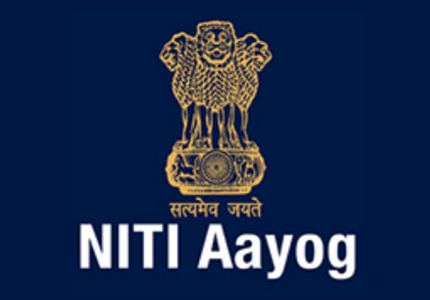In the midst of ongoing farmer protests at the Punjab-Haryana border, a recent NITI Aayog report has underscored the critical need for India to shift its agricultural focus from wheat and rice to pulses and oilseeds. The report, released this week, emphasises the necessity to bridge the demand-supply gap by 2047-48.
Key Points of the NITI Aayog Report
The report highlights that under a business-as-usual scenario, India’s pulses production is expected to reach around 47 million tonnes (mt) by 2047-48, while demand will surge to nearly 49 mt during the same period, resulting in a gap of almost 2 mt. Similarly, for edible oils, the report forecasts a demand of approximately 31 mt by 2047-48, with production expected to reach around 24 mt, creating a gap of around 7 mt. The report suggests that enhancing oilseeds yield and exploring production from secondary sources could mitigate this gap.
Contrastingly, the report indicates that rice production is expected to outstrip demand, with a projected surplus of 19-26 mt by 2030-31 and 40-67 mt by 2047-48. This surplus, the report suggests, highlights the necessity for reallocating areas currently under rice and wheat cultivation to other crops.
Challenges in Meeting Demand
The report underlines that without improvements in yield and acreage allocation, the shortfall in pulses and oilseeds production may persist. The Centre proposed earlier this week to purchase marketable surplus of crops such as lentils, black gram, and maize at Minimum Support Prices (MSPs) over the next five years. However, this proposal was rejected by farmer unions, adding complexity to the challenge of meeting demand.

Projections and Scenarios Outlined in the Report
The report outlines two scenarios for its projections: a business-as-usual scenario based on current growth rates and a high-yield growth scenario assuming enhanced productivity. It suggests that the overall food demand is expected to increase annually by 2.44 per cent by 2047-48 under the former, accelerating to 3.07 per cent with accelerated economic growth. Overall, the report forecasts food grain demand ranging from 326 mt to 334 mt in 2030-31 and 402 mt to 437 mt in 2047-48, with projected production surpassing demand in both periods, indicating a potential surplus of 10-13 per cent and 5-14 per cent, respectively.
Conclusion
The NITI Aayog report serves as a reminder of the imperative need for agricultural diversification and strategic planning to ensure food security and sustainable agricultural practices in India’s future.
Click Here For More Information and Latest Articles
FAQs
- Why is there a need to shift focus from wheat and rice to pulses and oilseeds?
- Shifting focus to pulses and oilseeds can help bridge the demand-supply gap and ensure food security, as per the NITI Aayog report.
- What are the challenges in meeting the demand for pulses and oilseeds?
- The challenges include the need for improvements in yield and acreage allocation, as well as exploring production from secondary sources.
- How does the NITI Aayog report suggest addressing the surplus of rice production?
- The report suggests reallocating areas currently under rice and wheat cultivation to other crops to address the surplus.
- What was the Centre’s proposal regarding crop purchase, and why was it rejected by farmer unions?
- The Centre proposed purchasing marketable surplus of crops such as lentils, black gram, and maize at Minimum Support Prices (MSPs) over the next five years. However, this proposal was rejected by farmer unions.
- What are the key projections and scenarios outlined in the NITI Aayog report?
- The report outlines projections for pulses, oilseeds, and rice production and demand under different scenarios, highlighting the need for agricultural diversification and strategic planning.
Check Here For Official Website https://www.niti.gov.in/documents/reports










